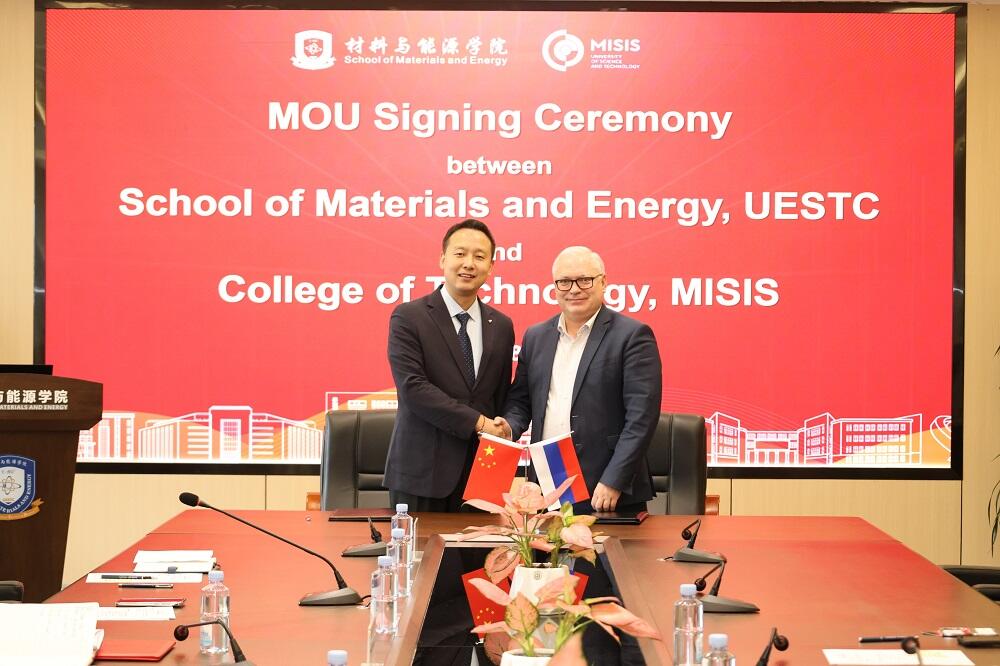 NUST MISIS and UESTC to launch joint master’s program in Advanced Materials Science
NUST MISIS and UESTC to launch joint master’s program in Advanced Materials Science NUST MISIS and UESTC to launch joint master’s program in Advanced Materials Science
NUST MISIS and UESTC to launch joint master’s program in Advanced Materials Science NUST MISIS and UESTC to launch joint master’s program in Advanced Materials Science
NUST MISIS and UESTC to launch joint master’s program in Advanced Materials Science